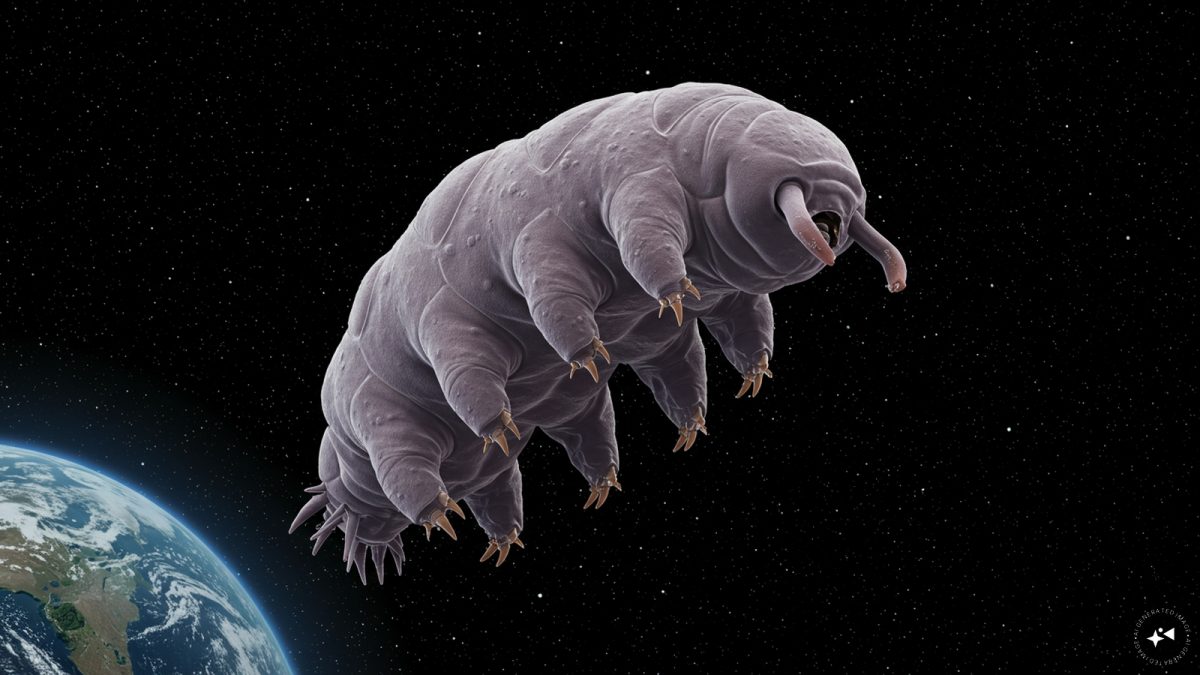India is preparing to take another significant leap in space research as the Indian Space Research Organisation (Isro) collaborates with Axiom Space for the upcoming Axiom-4 mission.
Set to launch soon, the mission will see astronaut Shubhanshu Shukla head to the International Space Station (ISS) for 14 days aboard a SpaceX Dragon spacecraft.
As part of this mission, one of the most intriguing scientific payloads from India will be an experiment on an extraordinary group of microscopic creatures known as tardigrades, also called water bears or moss piglets.
The Voyager Tardigrades experiment, one of seven Indian experiments approved for the Axiom-4 mission, is set to study these resilient organisms under the unique conditions of microgravity.
The @Axiom_Space Mission 4 (Ax-4) crew has completed their @NASA training ahead of their mission to the @Space_Station! In Houston, the crew’s training teams celebrated this milestone with a mission plaque hanging and cake cutting ceremony – a NASA tradition. 💫 pic.twitter.com/ZoZ1cBuWpU
— NASA's Johnson Space Center (@NASA_Johnson) April 11, 2025
The study’s goals include observing how these creatures revive from suspended states, their reproduction rates in orbit, and how their gene expression compares with Earth-based control samples.
The findings could offer valuable insights for long-term space exploration, especially as India prepares for its Gaganyaan human spaceflight programme.
Who are the “water bears”? Understanding the creatures that can survive space
Tardigrades are minute, segmented micro-animals with eight legs ending in claws or pads. They were first identified in 1773 by German zoologist Johann August Ephraim Goeze, who called them kleiner Wasserbär, or “little water bear.”
The name Tardigrada, meaning “slow walker,” was later given in 1776 by Italian biologist Lazzaro Spallanzani.
Typically ranging from 0.1 mm to 0.5 mm in length (though some species may grow to 1.3 mm), these organisms are plump-bodied and possess a tough outer cuticle.
Their slow, lumbering motion has earned them considerable attention and affection in both the scientific community and pop culture. Some scientists have even referred to tardigrades as a “charismatic phylum.”
Tardigrades are found in nearly every environment on Earth — from mountain peaks and deep-sea trenches to polar ice and tropical rainforests. They often inhabit mosses, lichens, soil, leaf litter, and marine and freshwater ecosystems.
These creatures are able to withstand extreme conditions that most life forms cannot survive. They have demonstrated the ability to endure complete dehydration, extreme temperatures, high and low atmospheric pressures, intense radiation, and even the vacuum of outer space.
Astonishingly, their survival strategy includes entering a dormant state called cryptobiosis, in which their metabolic functions come nearly to a halt.
In this state, they can withstand harsh environments and reanimate once favourable conditions return — such as rehydration with water.
Their body, composed of roughly 1,000 cells, uses a haemocoel (fluid-filled body cavity) for circulation, lacking lungs, gills, or blood vessels. Instead, they rely on diffusion for gas exchange.
Why are tardigrades going to space again?
The Voyager Tardigrades experiment to be conducted on the ISS builds on earlier studies that have showcased the organisms’ remarkable hardiness in extraterrestrial environments.
From understanding biological processes to enhancing India's capabilities in space exploration, read to learn more about the research @ISRO will be conducting. https://t.co/hFoXSr5arq pic.twitter.com/JdI39myPQ5
— Axiom Space (@Axiom_Space) April 15, 2025
Tardigrades were first proposed for space research in 1964 due to their resistance to radiation and extreme stress.
Actual experimentation began in 2007 during the European Space Agency’s FOTON-M3 mission.
In that study, tardigrades were exposed to space’s vacuum for ten days in low Earth orbit — and they survived. Upon return to Earth, researchers successfully revived the creatures simply by rehydrating them.
Further milestones followed. In 2011, tardigrades travelled aboard NASA’s STS-134 mission to the ISS, expanding research into their viability in low-Earth orbit environments.
In 2019, they were onboard the Israeli lunar lander Beresheet, which unfortunately crash-landed on the Moon. The tardigrades were inside a capsule and might still remain preserved in some form, though no formal recovery has been undertaken.
Now, with India’s participation in the Axiom-4 mission, tardigrades are returning to the ISS in a far more structured and experiment-driven context.
According to a statement from Axiom Space, the Voyager experiment will “will examine the revival, survival, and reproduction of tardigrades on the International Space Station, comparing gene expression patterns between space-flown and ground control populations. Understanding the molecular mechanisms of their resilience could inform future space exploration and lead to innovative biotechnology applications on Earth.”
This study is expected to help scientists better understand how living systems function under microgravity and cosmic radiation — conditions that astronauts would be exposed to during long-duration missions, such as trips to Mars or lunar settlements.
Relevance to Isro’s Gaganyaan
The findings of this experiment are not just of academic interest; they hold tangible implications for human spaceflight.
By investigating the molecular and genetic mechanisms of resilience in tardigrades, researchers may discover ways to protect astronauts from the harmful effects of deep-space radiation.
This is of critical importance as Isro moves forward with its Gaganyaan mission, which aims to send Indian astronauts into space on an indigenous platform.
Moreover, understanding how tardigrades enter and exit states of suspended animation may also offer new strategies for the long-term preservation of biological samples, including human tissues or even entire organisms during interplanetary travel.
This has potential crossover applications in biotechnology, medicine, and preservation sciences here on Earth.
Why tardigrades fascinate scientists
Aside from their biological significance, tardigrades have carved out a place in popular culture.
Their endearing movements, resilience and near-mythic survivability have inspired everything from crochet patterns to statues in churches, T-shirts, keychains and even scientific mascots.
They have been dubbed by astrophysicist Neil deGrasse Tyson as evidence that Earth might well be the “planet of the tardigrades.”
In a testament to their popularity, Milnesium tardigradum was even crowned winner of The Guardian’s “2025 Invertebrate of the Year” competition.
Also Watch:
With inputs from agencies


)
)
)
)
)
)
)
)
)